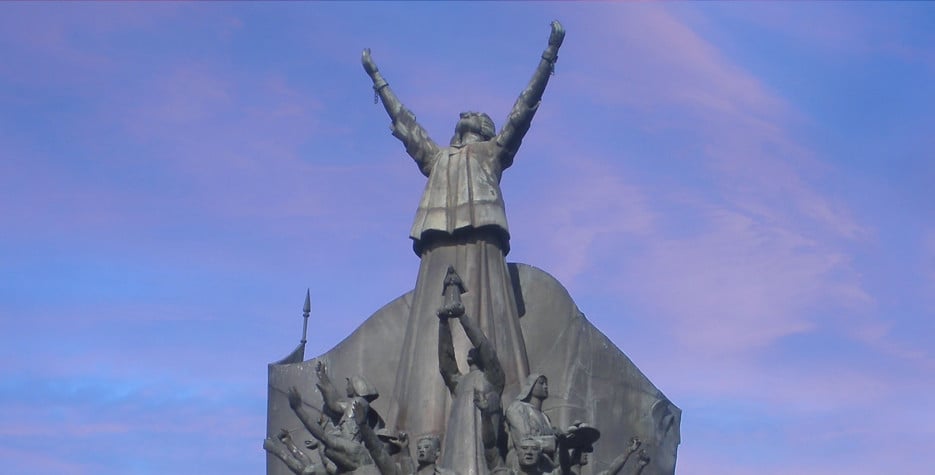When is People Power Revolution?
People Power Revolution is a special working day in the Philippines observed on February 25th each year.
The People Power Revolution (also known as the EDSA Revolution and the Philippine Revolution of 1986) was a series of popular demonstrations in the Philippines that began in 1983 and culminated in 1986 with the overthrow of President Marcos.
History of People Power Revolution
President Marcos came to power in the Philippines in 1965. From the early days of his reign, he was seen as autocratic and corrupt. To maintain power, he declared Martial Law in 1972 beginning a period of political repression, censorship, assassinations and human rights violations.
His main political rival was Senator Benigno 'Ninoy' Aquino, Jr. In August 1983, Aquino was returning from the United States after medical treatment when he was shot dead at Manila International airport.
The killing was a turning point in the country, and a potent opposition movement gathered around Corazon Aquino, the wife of Ninoy Aquino.
Threatened by the growing opposition and in an attempt to win back his popularity among the people, Marcos held a snap presidential election in February 7th 1986, in which he was opposed by Corazon Aquino.
The election is seen as the most corrupt in Philippine history, with clear evidence of electoral fraud. This led to some of Marcos' former ministers, the army and Church leaders all calling for his removal from office. These calls drew people from all over the country to join mass peaceful protests against Marcos.
The protesters blocked Manila's main thoroughfare, the Epifanio de los Santos Avenue (EDSA), a scene repeated in cities all over the country. In defiance of repeated threats from President Marcos, they refused to end the protests.
On the afternoon of the protest's second day, the president sent in tanks to clear the street. But the troops refused to fire, prompting one of the most iconic images of the revolution - nuns kneeled in front of tanks with rosaries in their hands and uttering their prayers.
After just four days, President Marcos stepped down and fled the country. On February 25th 1986, Corazon Aquino was proclaimed as the 11th President of the Republic of the Philippines. She was the first female president of the country.
The bloodless revolution is a source of pride for all Filipinos and is seen as a template for similar non-violent uprisings around the world.
For several years, this has been a holiday for schools. It was a nationwide holiday to mark the 30th anniversary and since 2019, it has been declared a special non-working day.


